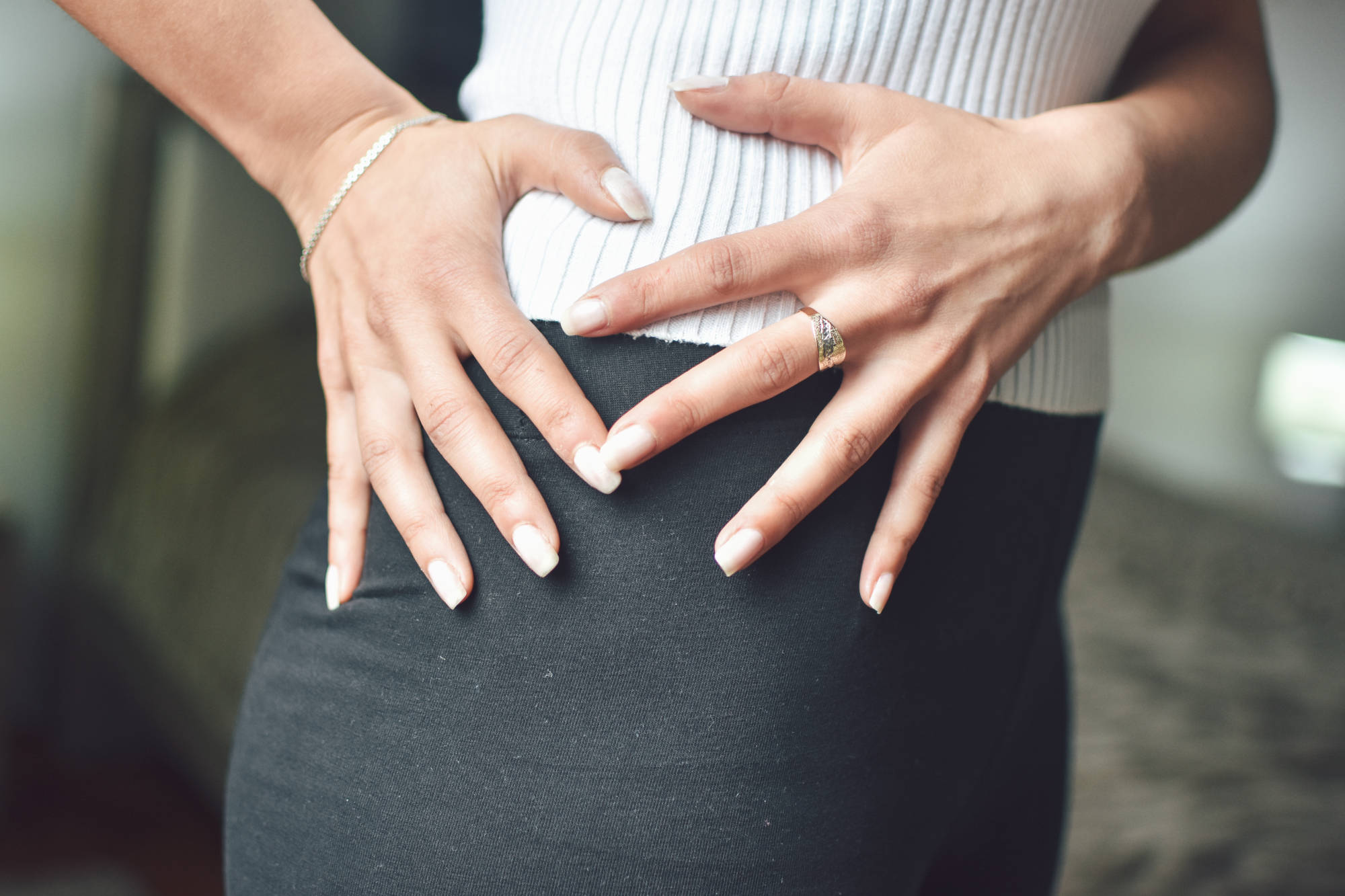Osteoarthritis (OA) is the most common form of arthritis and the most common joint disorder in the United States, affecting approximately 1 in 7 adults [1]. OA is a disease that is caused and worsened by the continual inflammation of joint cartilage along with the surrounding bone and synovium [2] [3]. OA is caused primarily by joint injury and overuse, as these occurrences trigger the production of inflammatory mediators—such as cytokines and chemokines—in the synovium and chondrocytes (cartilage cells). During later stages of OA, cartilage fragments can fall into the synovium, exacerbating the process. Those who are older, obese, and work more physically demanding jobs are more likely to develop OA, as these factors all increase the use of or stress on joints. OA also disproportionately affects women; of those over the age of 60, women are almost twice as likely to develop the condition (18.0% of women over 60 versus 9.6% of men) [4]. OA can develop in any joint, but most commonly occurs in the knees, hips, hands, and spine.
Common symptoms of OA include joint pain, stiffness, swelling, decreased range of motion, and fatigue. This often results in intense discomfort during use, and can inhibit function of the joint, leading to an inability to walk if OA is present in the hip, knee, or foot. However, an individual’s level of pain or discomfort does not translate to the structural deterioration of the joint—thus, OA is often difficult to diagnose symptomatically, especially when pain is less present in its early stages [5]. OA has no cure; its end-stage involves the irreversible damage of joint cartilage, necessitating surgical joint replacement. As such, early diagnosis of OA—through an analysis of symptoms and X-ray or MRI screenings—is imperative for preventive treatment [6]. The presence of developing osteophytes (bone outgrowths), along with narrowing of joint space and deformity are indications of OA.
Management of OA is largely dependent on the patient and severity. Mild OA can be managed through simple exercises that do not stress the joints, such as aerobics and light muscle-strengthening exercises [1] [7] [8]. Patients with obesity are often given weight loss suggestions, and almost all patients are suggested to attend self-management education courses, which are designed to instruct patients to adopt practices to mitigate daily pain and discomfort. These practices range from identifying unhealthy exercise habits to stress management techniques to improving sleep schedules and diet. Most of all, these courses aim to support patients with the emotional toll of OA, as deteriorating joint function often leads to frustration and depression [1] [4]. Simple analgesics assist patients with day-to-day activities and if needed, topical or oral NSAIDs (non-steroidal anti-inflammatory drugs) can also be prescribed [9]. Physiotherapy is also often recommended. In severe cases, supportive devices like crutches and canes or intra-articular corticosteroid injections may become necessary for function and, as previously stated, end-stage OA requires joint replacement. Although not empirically proven, alternative medicine methods—like acupuncture—have also been reported to improve OA symptoms.
Hence, it is vital that those who are high-risk of developing OA consult medical professionals in a timely manner to catch symptoms before the OA develops and causes irreversible damage. Individuals who attribute mild joint pain or stiffness solely to the aging process may mistakenly overlook a developing case of OA. When diagnosed early, OA can be alleviated through proper self-management and exercise practices, leading to a superior quality of life.
References
- Centers for Disease Control and Prevention (CDC). (2020). A National Public Health Agenda for Osteoarthritis: 2020 Update. https://www.cdc.gov/arthritis/docs/oaagenda2020.pdf
- Berenbaum, F. (2013). Osteoarthritis as an inflammatory disease (osteoarthritis is not osteoarthrosis!). Osteoarthritis and cartilage, 21(1), 16-21.
- Goldring, M. B., & Otero, M. (2011). Inflammation in osteoarthritis. Current opinion in rheumatology, 23(5), 471.
- Arthritis Foundation. (2019). Arthritis by the Numbers: Book of Trusted Facts & Figures.https://www.arthritis.org/getmedia/e1256607-fa87-4593-aa8a-8db4f291072a/2019-abtn-final-march-2019.pdf
- Glyn-Jones, S., Palmer, A. J. R., Agricola, R., Price, A. J., Vincent, T. L., Weinans, H., & Carr, A. J. (2015). Osteoarthritis. The Lancet, 386(9991), 376-387.
- Zhang, Y., & Jordan, J. M. (2010). Epidemiology of osteoarthritis. Clinics in geriatric medicine, 26(3), 355-369.
- Fransen, M., McConnell, S., Harmer, A. R., Van der Esch, M., Simic, M., & Bennell, K. L. (2015). Exercise for osteoarthritis of the knee. Cochrane database of systematic reviews, (1).
- Fransen, M., McConnell, S., Hernandez‐Molina, G., & Reichenbach, S. (2014). Exercise for osteoarthritis of the hip. Cochrane Database of Systematic Reviews, (4).
- Dieppe, P. A., & Lohmander, L. S. (2005). Pathogenesis and management of pain in osteoarthritis. The Lancet, 365(9463), 965-973.
